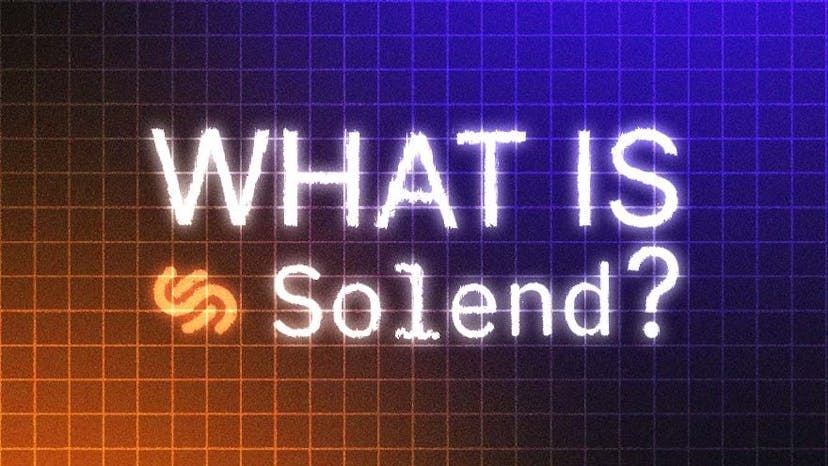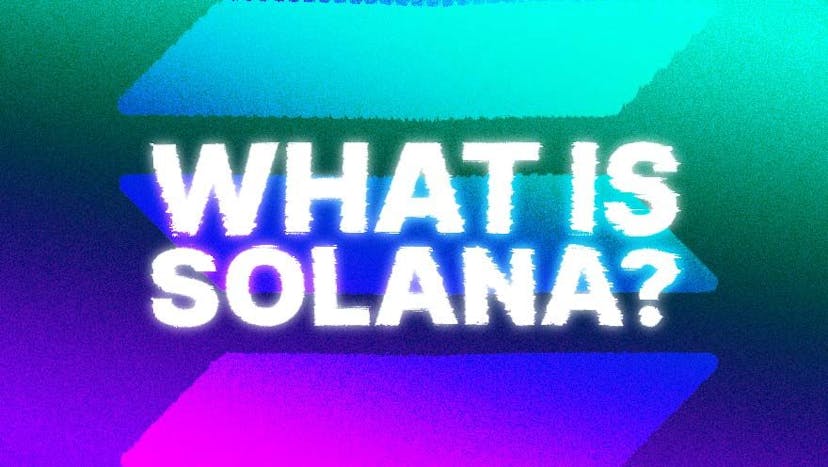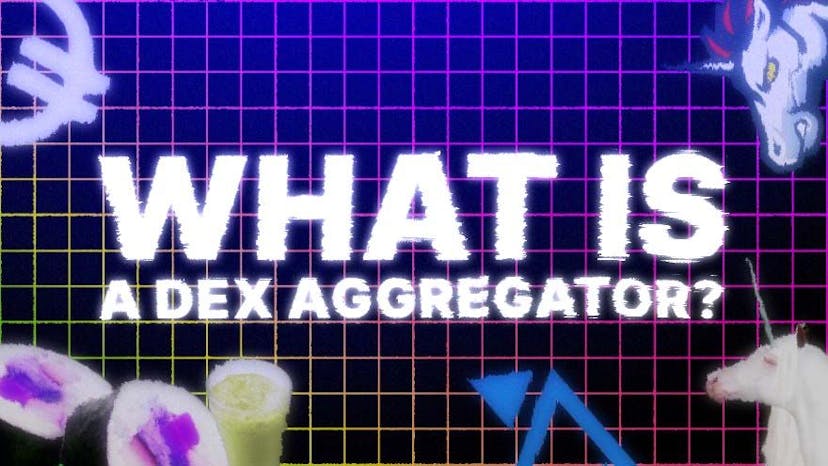What is Solend?
A Step-by-Step Guide to the Solana-based Lender
By: Rahul Nambiampurath • Loading...
Explainers
Solend a decentralized application that enables users to borrow or lend crypto funds. Just like in TradFi, lenders earn interest on their deposits from borrowers.
Yet Solend has been the subject of criticism that it isn’t complying with the spirit of DeFi. And the project’s total value locked plunged in November 2022 after the collapse of the FTX exchange.
How Does Solend Work?
Solend is a classically designed decentralized application (dApp) for lending, except it is based on Solana instead of the Ethereum blockchain. Given the fact that Solana is much faster and cheaper to use than Ethereum, this made Solend very popular.
Solend launched its SLND utility token in November 2021..
Solend’s token has fallen during the bear market. Source: DeFi Llama
Before we explore how Solend’s TVL soared only to collapse a year later let’s dive into how the dApp works.
As with other dApps in the decentralized blockchain space, Solend’s purpose is to change the process of lending. And the only way that can be accomplished is if users themselves become online mini-banks. Specifically, they become liquidity providers: .
- Users connect to Solend dApp with Solana’s native wallet, like Phantom.
- Users then pick if they want to lend or borrow funds, mainly in stablecoins or SOL, which is Solana’s native cryptocurrency equivalent to Ethereum’s ETH.
- If users want to become lenders, they deposit funds into liquidity pools, making them liquidity providers.
- If users want to become borrowers, they deposit a collateral and tap into liquidity pools provided by lenders, giving them interest in return for their liquidity-providing service.
Of course, the entire process is automated because this is decentralized finance. Liquidity pools are smart contracts that govern under which conditions interest (APR) is generated and when the borrower’s collateral liquidates.
Solend has different liquidity pools. Typically, Solend’s Stable pool, comprising only stablecoins, is used for borrowers who need high loan-to-value (LTV) ratios. For example, to loan $950, one would have to deposit $1,000 worth of USDC stablecoin because its LTV ratio is 95%.
Solend’s algorithm determines APR on each asset depending on its supply and demand. Source: Solend
In all DeFi, stablecoins are useful because they are pegged to the value of the U.S. dollar. This minimizes volatility, which is important for avoiding collateral liquidations on loans.
After all, Terra collapsed when its UST stablecoin collateral depegged from the dollar, sparking a cascade of liquidations.
Solend’s Main Pool has the highest TVL of all Solend liquidity pools, offering a dozen digital assets, from SOL and SLND to staked SOL like mSOL and stSOL.
For instance, mSOL is used on Solana’s Marinade.Finance protocol, in which users stake SOL to provide non-custodial liquidity in its DAO. In return, they receive mSOL, equal in value to SOL.
This concept of locking an asset, but getting a derivative asset in return, is widely used in DeFi, so that locked deposits don’t prevent people from using DeFi services.
In the same manner, people use Lido.Finance for staking ETH, but get stETH in return. Lastly, Solend, uses two types of fees:
- Interest rate spread as a percentage of the borrowing interest rate that Solend receives as protocol revenue.
- Liquidation insurance fee as a percentage of the liquidation penalty, set at 30%, with funds going to Solend’s DAO treasury.
Considering that Solend’s success relies on good debt, these liquidation fees encourage users not to overextend.
SLND Tokenomics
Solend’s SLND is the protocol’s governance and utility token. Solend users can employ their SLND tokens for liquidity mining, which means that tokens are deposited in liquidity pools so that borrowers can lend from them. In exchange, SLND depositors receive rewards.
Solend was funded with SLND token sales in November 2021 via a crowdfunding method called IDO — (Initial DEX Offering), having raised $26.27M, at SLND initial price of $6.57.
The total supply of SLND tokens is 100M, with 60% allocated to the community.
Source: Solend
Out of that 60%, 30% goes to liquidity mining, with the other half going to Solend’s DAO treasury. SLND was first listed on the now-defunct FTX exchange, in addition to Gate.io and MEXC.
In June 2022, Solend acquired Nope Finance with its NOPE tokens. These assets could be converted on the Serum DEX, following this conversion guide.
As a governance token, SLND tokens offer users voting rights, proportional to the number of held tokens. Unfortunately, this proved to cause unique controversy down the line, further detailed below.
Interestingly, that is not the only controversy, Solend’s founder Rooter, accused Alameda Research to have manipulated the protocol’s IDO launch by pulling out $80M at the last minute.
Solend’s Risks and Controversy
Like other lending dApps, Solend uses oracle networks to feed smart contracts with spot prices of digital assets. This is how smart contracts monitor liquidation thresholds for loan collaterals. While Ethereum uses an oracle network like Chainlink for this purpose, Solana blockchain uses Pyth Network and Switchboard (backup).
Users should take notice that Jump owns Pyth, but Jump has also been exposed to the FTX collapse. Accordingly, it appears that the Pyth oracle network can be manipulated, whether for the better or for the worse.
Therein lies the vulnerability of Solend, as it is possible for oracle networks to report incorrect prices that result in erroneous liquidations or prevent liquidations. Moreover, DeFi dApps are vulnerable to smart contract hacks.
In November 2022, Solend suffered $1.26M in damages within a single day due to an oracle exploit involving three Solend’s liquidity pools.

Solend Struggles to Liquidate Souring Loan as On-Chain Liquidity ‘Evaporates’
SOL Has Crashed 55% In Rough Week for Crypto
Outside of smart contract exploits, there is also the possibility of community voting outside the expected DeFi norm. Case in point, in June 2022, when a whale’s account was at risk of being liquidated to the tune of $21M, Solend token holders voted to take over the account, worth $216M.
Such a bad debt threatened the entire protocol’s liquidity. Solend would then sell the whale’s assets over the counter (OTC) to cover the bad debt.
Nonetheless, because this move went against everything DeFi stood for, there was a second vote that invalidated the first proposal. Solend’s founder, going by the nickname Rooter, revealed what was going on behind the scenes in this interview.
Solana’s FTX Exposure
After the collapse of FTX in November 2022, Solana took a huge hit due to its close ties to Sam Bankman-Fried’s businesses. Alameda Research, the crypto hedge fund controlled by Bankman-Fried, held 13.25% of all SOL tokens in circulation.
Source: Solana Compass
This posed a liability problem for Solana’s entire ecosystem, as bankruptcy managers could initiate a harsh selloff wave, suppressing all prices and triggering Solend liquidations.
Furthermore, due to Bankman-Fried’s involvement in Solana’s decentralized exchange Serum (SRM), which is often used in tandem with Solend, SOL went down by 55% and SRM by 65% in November 2022. Likewise, Solend (SLND) token dropped by 48% in the same period.
It remains to be seen if Solana, together with Solend, will recover from these unprecedented disruptions.
Series Disclaimer:
This series article is intended for general guidance and information purposes only for beginners participating in cryptocurrencies and DeFi. The contents of this article are not to be construed as legal, business, investment, or tax advice. You should consult with your advisors for all legal, business, investment, and tax implications and advice. The Defiant is not responsible for any lost funds. Please use your best judgment and practice due diligence before interacting with smart contracts.
Advertisement
Get the best of The Defiant directly in your inbox 💌
Know what matters in Web3 with The Defiant Daily newsletter, every weekday
90k+ investors informed every day. Unsubscribe anytime.

